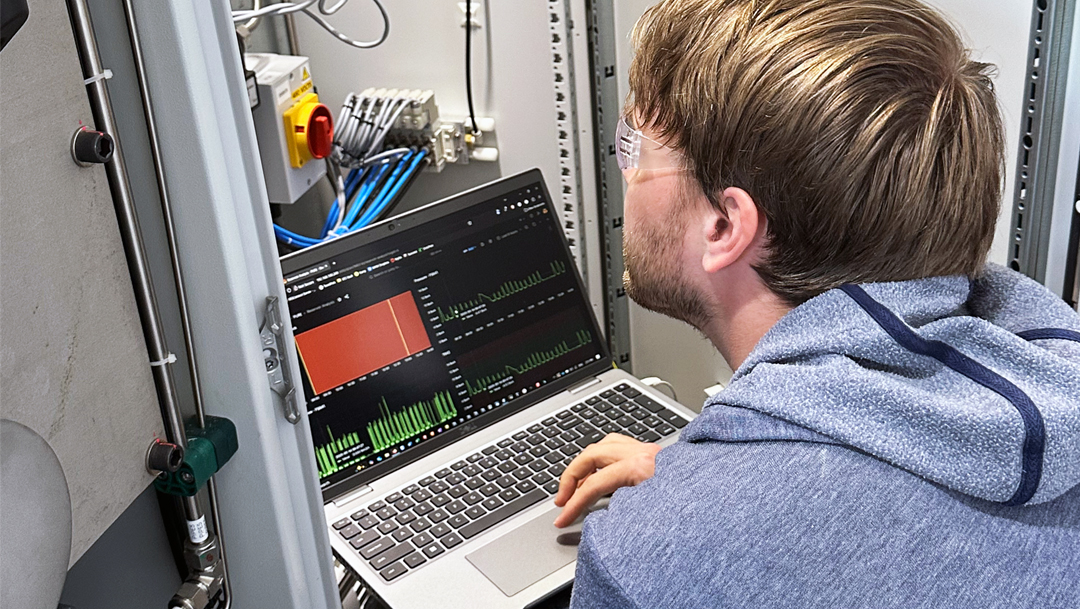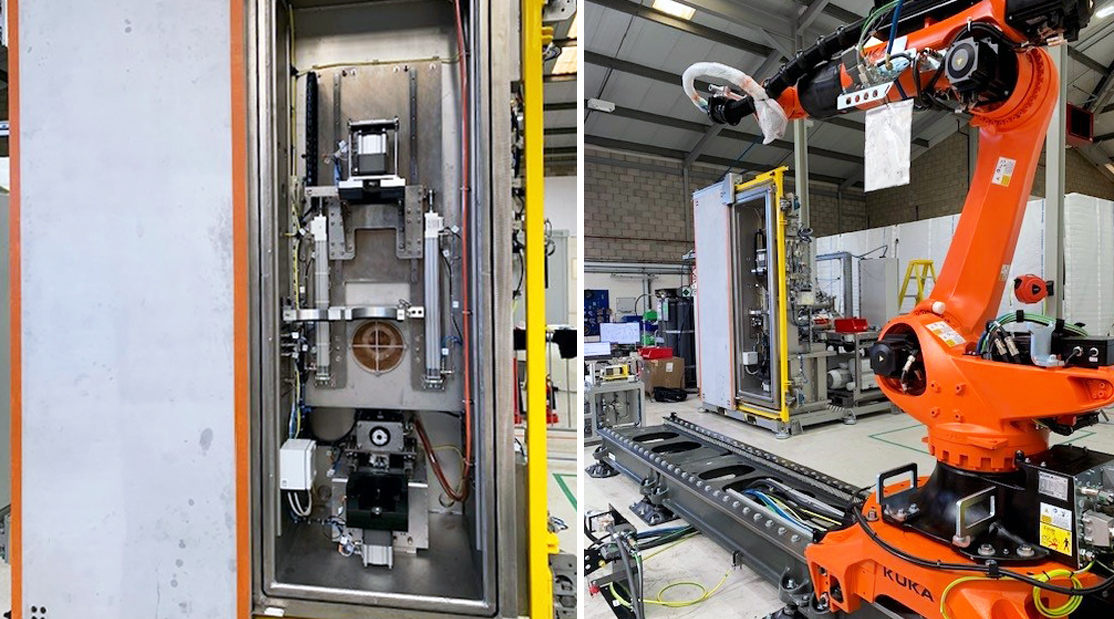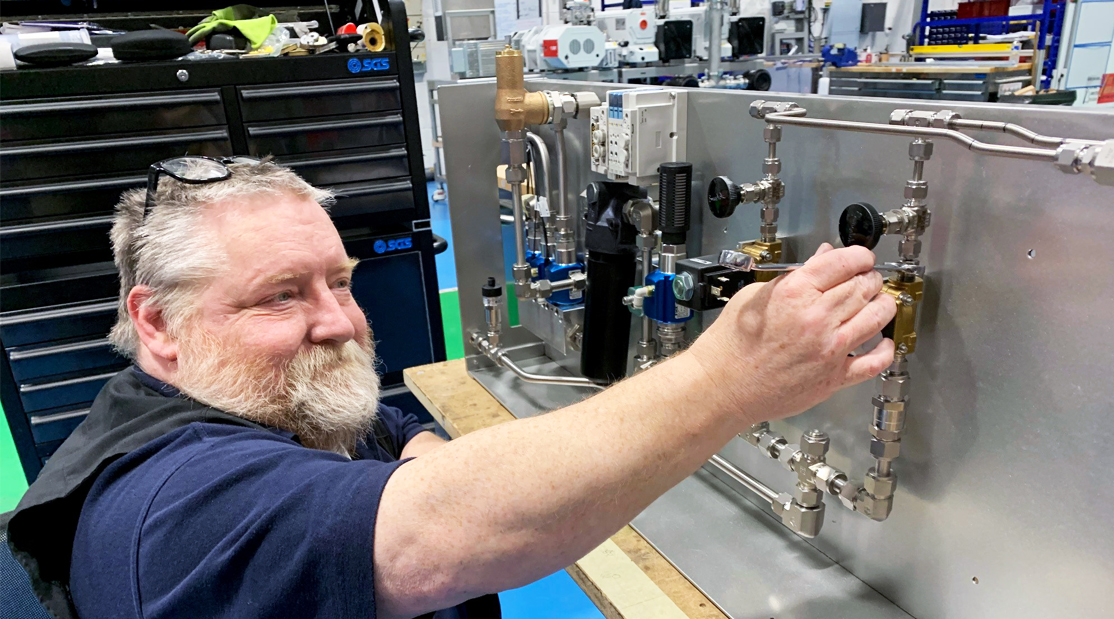In recent years, there has been a growing concern about the environmental impact of industrial processes, including leak testing. Leak testing is an essential step in the production of many products, including automotive parts, refrigeration systems, and medical devices. However, the process of leak testing can have a significant environmental impact if not done correctly.
The Environmental Impact of Leak Testing
Leak testing typically involves the use of tracer gases, such as helium or hydrogen, to detect leaks in a product or system. These gases are released into the testing area and then monitored for any signs of leakage. While leak testing is a critical step in ensuring the quality of a product, the release of tracer gases can have negative environmental impacts.
One of the primary environmental concerns associated with leak testing is the emission of greenhouse gases. Many of the tracer gases used in leak testing are potent greenhouse gases, meaning that they have a much higher global warming potential than carbon dioxide. For example, sulfur hexafluoride (SF6), a common tracer gas used in leak testing, has a global warming potential 23,500 times greater than CO2.
The release of these gases into the atmosphere can contribute to climate change and other environmental issues. In addition, the production and transportation of tracer gases can also have negative ecological impacts.
Reducing the Environmental Impact of Leak Testing
There are several ways to reduce the environmental impact of leak testing. One approach is to use helium recovery systems, which capture and recycle helium used in leak testing. This approach can significantly reduce the amount of helium released into the environment, as well as reduce the cost of purchasing new helium.
Another approach is to use more environmentally friendly tracer gases where possible, such as hydrogen or nitrogen. While these gases still have a global warming potential, they are less potent than SF6 and other commonly used tracer gases.
In addition to using more environmentally friendly gases, there are several other steps that can be taken to reduce the environmental impact of leak testing. These include optimizing leak testing procedures to minimize the amount of tracer gas used, minimizing the number of leak tests performed, and using leak testing equipment designed to be energy efficient.
VES and Helium Leak Detection
At VES, we are committed to developing leak testing equipment that is both effective and environmentally friendly. Our OptVol technology, for example, incorporates a range of energy-saving features that can significantly reduce the environmental impact of leak testing.
Compared to traditional leak testing machines, OptVol technology requires 92% less power, 74% less space, and 67% less pump oil. These improvements translate into significant energy savings and reduced environmental impact.
In addition to its energy-saving features, OptVol technology also uses less helium than traditional leak testing machines. By optimizing the amount of helium used in the testing process, we can help to reduce the amount of helium released into the environment.
Furthermore, VES has developed a helium recovery and repurification system called PURE, which further reduces the environmental impact of leak testing. PURE captures the helium used in the testing process and purifies it to a level suitable for reuse. By doing so, VES’ PURE system reduces the amount of helium waste produced and lowers the need for additional helium to be extracted from natural gas reserves, which can be a finite resource.
By incorporating OptVol technology and PURE system into our leak testing equipment, VES is committed to reducing the environmental impact of leak testing while providing accurate and effective results. We believe that by developing sustainable testing equipment, we can help protect the planet while meeting the demands of modern industry.
Conclusion
Leak testing is a crucial process for ensuring product quality, but it can also have negative environmental impacts if not done correctly. However, there are ways to reduce the environmental impact of leak testing, such as using more environmentally friendly gases, optimizing testing procedures, and using energy-efficient equipment. VES is committed to developing sustainable testing equipment, such as OptVol technology and PURE helium recovery system, that can significantly reduce the environmental impact of leak testing while providing accurate and effective results. By taking these steps, we can work together to protect the planet and create a more sustainable future for all.




